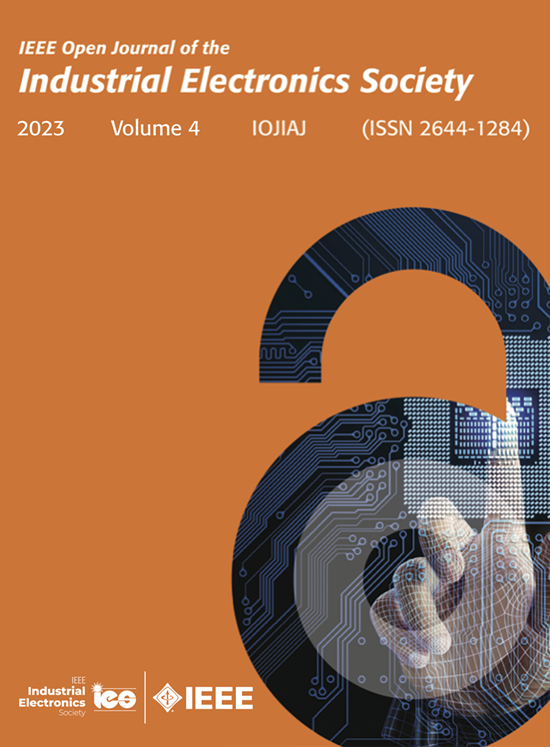Propulsion Control of Bionic Robotic Fish Based on Deep Deterministic Policy Gradient Algorithm
IF 4.3
Q1 ENGINEERING, ELECTRICAL & ELECTRONIC
IEEE Open Journal of the Industrial Electronics Society
Pub Date : 2025-09-08
DOI:10.1109/OJIES.2025.3606965
引用次数: 0
Abstract
Robotic fish exhibit considerable potential for a wide range of applications. However, the limitation of battery size highlights the need to improve swimming efficiency. This article develops a deep deterministic policy gradient (DDPG)-based control method that makes the stiffness of robotic fish can be adjusted dynamically. First, the mathematical model of the two-joint robotic fish is established. Then, the conventional proportional–integral–derivative control system and the DDPG-based control system are developed. In the end, the feasibility of the DDPG-based approach was validated through simulation and experiments. The results indicate that the control method improved the system efficiency by approximately 9.77%, suggesting that the proposed method holds promise as a high-efficiency propulsion control approach for robotic fish.基于深度确定性策略梯度算法的仿生机器鱼推进控制
机器鱼在广泛的应用中显示出相当大的潜力。然而,电池尺寸的限制凸显了提高游泳效率的必要性。本文提出了一种基于深度确定性策略梯度(DDPG)的控制方法,使机器鱼的刚度可以动态调节。首先,建立了双关节机器鱼的数学模型。然后,研究了传统的比例-积分-导数控制系统和基于ddpg的控制系统。最后,通过仿真和实验验证了基于ddpg方法的可行性。结果表明,该控制方法将系统效率提高了约9.77%,表明该方法有望成为一种高效的机器鱼推进控制方法。
本文章由计算机程序翻译,如有差异,请以英文原文为准。
求助全文
约1分钟内获得全文
求助全文
来源期刊

IEEE Open Journal of the Industrial Electronics Society
ENGINEERING, ELECTRICAL & ELECTRONIC-
CiteScore
10.80
自引率
2.40%
发文量
33
审稿时长
12 weeks
期刊介绍:
The IEEE Open Journal of the Industrial Electronics Society is dedicated to advancing information-intensive, knowledge-based automation, and digitalization, aiming to enhance various industrial and infrastructural ecosystems including energy, mobility, health, and home/building infrastructure. Encompassing a range of techniques leveraging data and information acquisition, analysis, manipulation, and distribution, the journal strives to achieve greater flexibility, efficiency, effectiveness, reliability, and security within digitalized and networked environments.
Our scope provides a platform for discourse and dissemination of the latest developments in numerous research and innovation areas. These include electrical components and systems, smart grids, industrial cyber-physical systems, motion control, robotics and mechatronics, sensors and actuators, factory and building communication and automation, industrial digitalization, flexible and reconfigurable manufacturing, assistant systems, industrial applications of artificial intelligence and data science, as well as the implementation of machine learning, artificial neural networks, and fuzzy logic. Additionally, we explore human factors in digitalized and networked ecosystems. Join us in exploring and shaping the future of industrial electronics and digitalization.
 求助内容:
求助内容: 应助结果提醒方式:
应助结果提醒方式:


